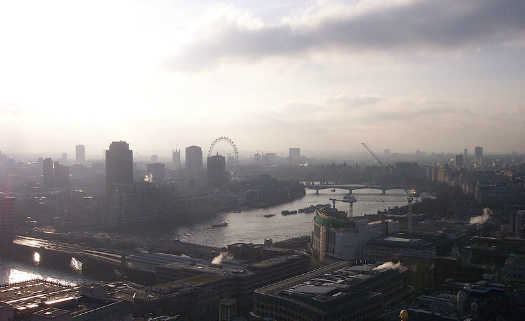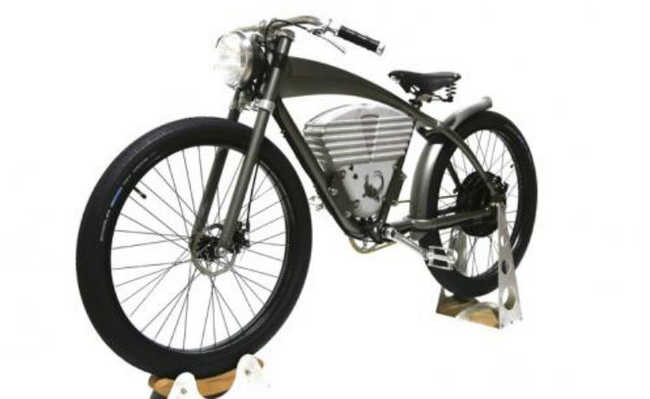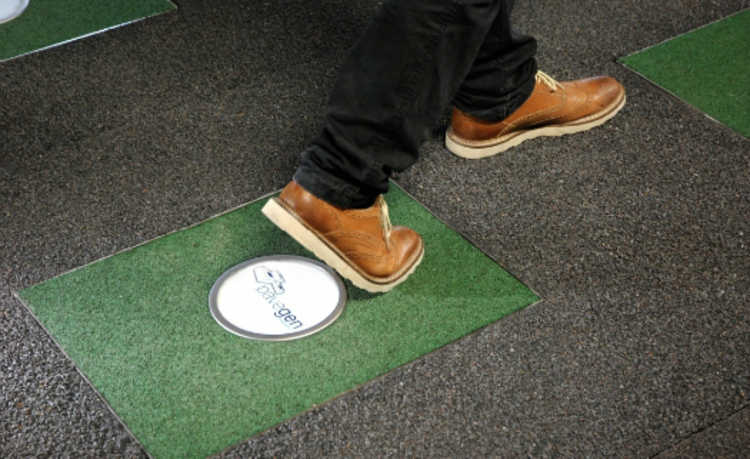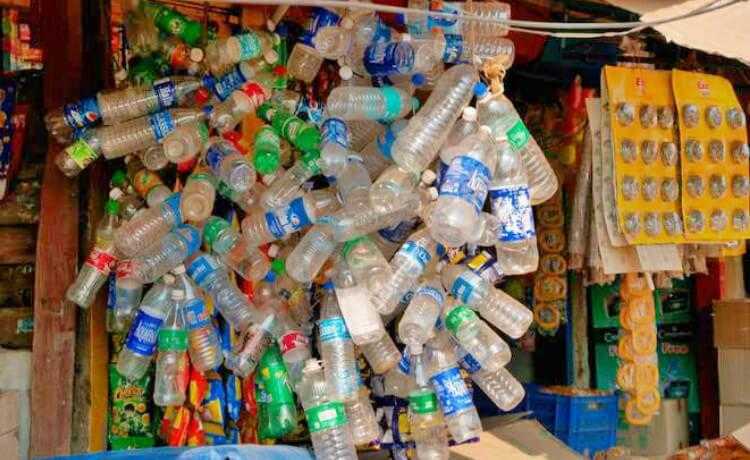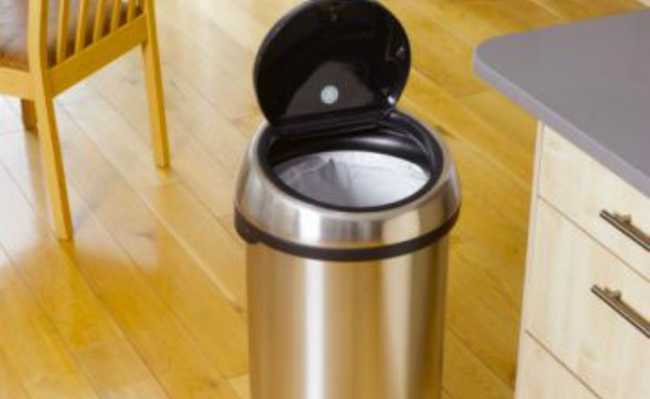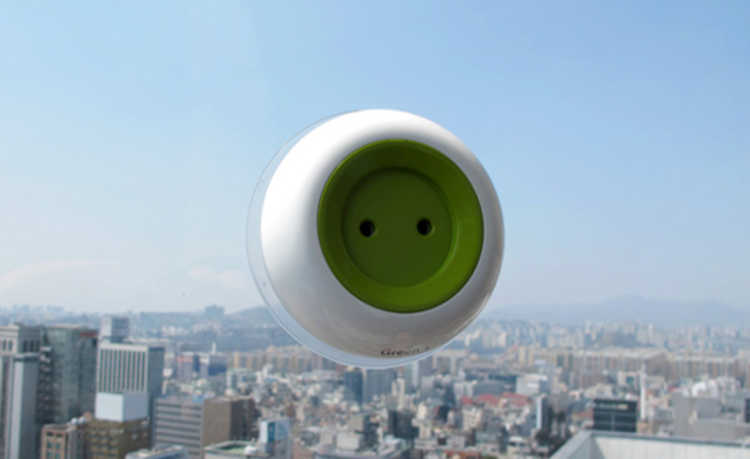How to capture and store rainwater
Understand how to capture and store water, conserving it in the best way possible

"bucket and no walrus" (CC BY 2.0) by wonderferret
Storing water, unlike what some people think, might be a good idea. But care is needed to avoid the proliferation of disease vectors and contamination. Check out the best way to store water from different sources.
How to store rainwater
The best way to store rainwater is using a cistern. And the faster the water is used, the better. There are several types of cisterns that can be the ideal solution for those looking to store water, especially rainwater.
Storing and reusing rainwater is ecologically viable. That's because the storage of rainwater allows you to save drinking water, reducing the water footprint. But you can also use the cistern to reuse water reused from the washing machine, air conditioner, among others. To know the types of cisterns, take a look at the article: "Types of cisterns: models from cement to plastic".
However, as it comes from rain, the water is not considered to be potable, as it may contain particles of dust, soot, sulfate, ammonium and nitrate. Therefore, it is not suitable for human consumption. Still, it can be used in household tasks that consume the most water, such as washing the backyard, the sidewalk, the car and even the toilet (but be very careful when installing your cistern in the plumbing of your house so that the water comes from do not go near a tap with water intended for drinking).
In metropolitan regions, where the concentration of pollutants in the air is usually higher, rainwater, if well filtered and treated, can even become potable and suitable for consumption. According to Pedro Caetano Sanches Mancuso, professor at the Department of Environmental Health at the Faculty of Public Health at the University of São Paulo (USP), "the purification process can be carried out at home. The cleaner the capture, the better. , the water can be placed in conventional kitchen filters, where the candle, if well maintained, removes particles. After this process, the ideal is for the water to be boiled for at least five minutes to eliminate the bacteria. consumption”.
- What is air pollution? Know causes and types
But it is essential to dispose of the first collected wave, as the rain passes through the roof and runs down a gutter and, due to pollution and dust in the city, these places are very dirty. That's why the first volume of rain should be discarded and captured just a few minutes later.
The World Health Organization (WHO) estimates that 110 liters a day per person is enough to fulfill all needs.
For good rainwater storage it is necessary to use a filter in the cistern, preventing the appearance of disease vectors mosquitoes. However, storing water is no joke, discipline is required. The gutters must be cleaned periodically to prevent contamination by feces from rats or dead animals, among other precautions. To learn more about the precautions and advantages of rainwater storage, take a look at the article: "Rainwater harvesting: know the advantages and precautions necessary for using a cistern".To know how to treat rainwater, take a look at the article: "How to treat rainwater?".
How to conserve drinking water
To store drinking water, care is also needed. The best way is to use clean glass containers (preferably with hot water) specifically designed for this purpose. But you can also use stainless steel.
The water that will be stored must be boiled to eliminate any bacteria and larvae. To increase the effectiveness of protection against living organisms you can add 16 drops of odorless chlorine to every 20 liters of water. Chlorine is very effective in eliminating pathogenic microorganisms and has saved humanity from infectious diseases for many years. However, its long-term use is also associated with the development of some types of cancer.
Seal the gallon and keep it out of direct sunlight. If you didn't find any glass or stainless steel bottles and chose plastic to store the water, keep the gallon away from gasoline, kerosene and pesticides, as evaporation can permeate the plastic.Why not store drinking water in a PET bottle
One of the main problems in reusing these bottles is bacterial contamination. That's because the bottles are a humid, closed environment with great contact with the mouth and hands, a perfect place for bacteria to breed. A study of 75 water samples from bottles that elementary school students had used for months without ever washing them, found that about two-thirds of the samples had bacterial levels above recommended standards. The amount of fecal coliforms (bacteria from mammalian feces) was identified above the recommended limit in ten of the 75 samples studied. The unwashed bottles act as a perfect breeding ground for bacteria, says Cathy Ryan, one of the people responsible for the study.
In addition, it is no use washing the PET bottle, as there are plastic contaminants that are not eliminated, such as bisphenols. To learn more about them, take a look at the article: "Know the types of bisphenol and their risks". To know in more detail the dangers of reusing the PET bottle take a look at the article: "Plastic water bottle: dangers of reuse".
How long can water be stored
According to the professor at the Department of Environmental Health at the Faculty of Public Health at the University of São Paulo (USP), Pedro Caetano Sanches Mancuso, stored or industrialized water has an expiration date. The consumer must observe the manufacturing and expiration dates on the packaging. The shelf life of 20-liter gallons, for example, varies from 60 to 90 days, with the container sealed. Once opened, it is valid for two weeks.
If the water is bottled in glass, the validity is 24 months and if bottled in plastic, 12 months after the date of manufacture.
Does water in the fridge spoil?
What happens is not that the water 'before the deadline', but that it can be contaminated in two ways. The first is when you leave the water in an open container at room temperature for a long time. In these circumstances, you effectively provide a breeding ground for bacteria, algae and, most commonly, mosquitoes. The second form of contamination is when the gallon where you store water starts to release chemicals. This second is why all gallons have been manufactured without BPA for the past two years. And then? How to prevent this from happening? Take a look at the article: "Why Water Has Validity".


